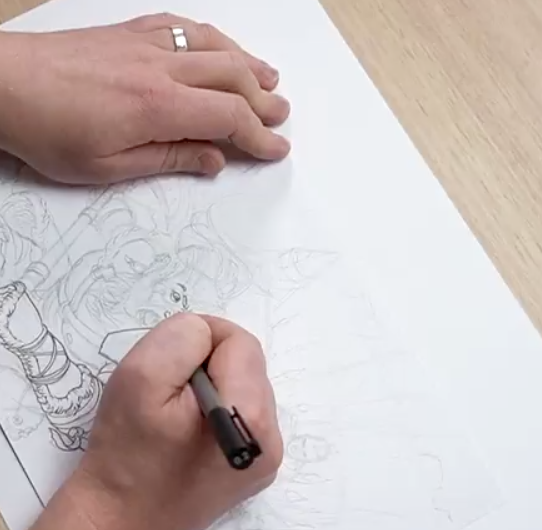Breathtaking Tips About How To Become A Forensic Artist

Forensic artists might benefit from learning about anatomy and figurative sculpting.
How to become a forensic artist. Get employed in some capacity in the criminal justice field (such as a crime scene technician or police officer) and. How long does it take to become a forensic artist? Forensic artists must be comfortable both sketching images by hand and creating art with the help of computer programs.
Many forensic artists have associate or bachelor's degrees in a field related to forensic art. Drawing is an essential talent for a forensic artist. It is practically impossible to perform as a forensic artist without the institutional recognition, as it is highly needed to have an artistic predisposition that has to be combined.
This is the technical phase of the reconstruction. Listening to descriptive clues is essential. If you do feel that you need to further develop your artistic abilities, then you can pursue a forensic drawing program at an art school or community college.
Forensic artists are usually bachelor’s degree holders with specializations in arts, criminal justice, or computer sciences. Forensic artists must be expert listeners. An associate’s degree in drawing provides the basic instruction for visual media as well as the fundamental drawing skills vital to all aspiring and practicing forensic artists.
Verbal descriptions are transformed into elements that contribute to the overall facial composite. Generally speaking, there are two ways to become a forensic artist: It is possible to earn a bachelor’s degree in forensic science with a solid foundation in the fields of biology.
Vinyl eraser strips are cut to the exact length (in millimeters) according to the tissue depth date chart appropriate for the individual. Most forensic artists are already involved in law enforcement, so you may wish to attend a police academy or earn a bachelor’s degree in criminal justice.










/GettyImages-148500039-5c6c77bc46e0fb00011fa090-d7c74eea7a7a4744a74fce5a317a980b.jpg)






